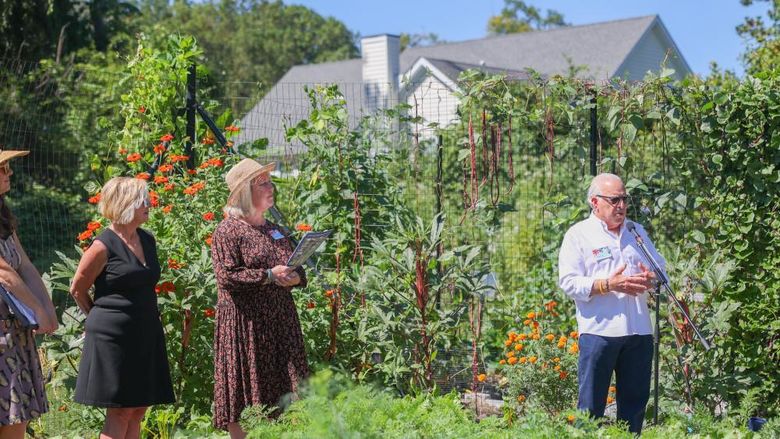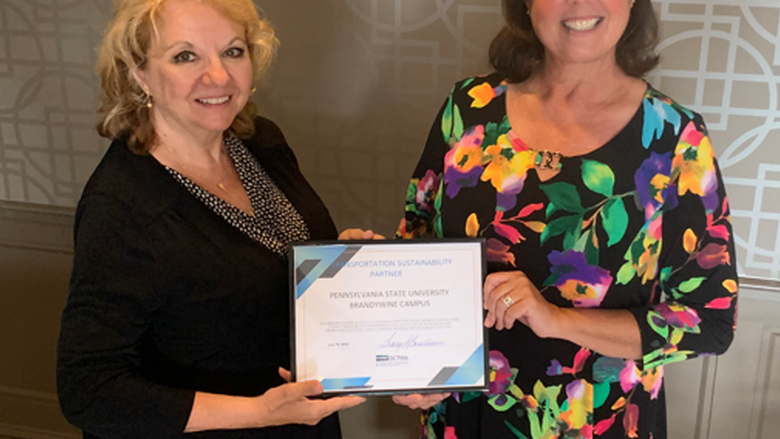Update, Nov. 20: The full board deferred action on the following items during its regular meeting on Nov. 20. The board will take up the vote at a future meeting.
UNIVERSITY PARK, Pa. – A vote Thursday (Nov. 19) to recommend residential housing projects at Penn State’s Abington and Brandywine campuses to the University’s Board of Trustees was logged by the Committee on Finance, Business, and Capital Planning.
The full board at its meeting on Friday will decide whether to authorize the projects, which will provide the first University-operated student housing at both campuses.
Penn State Brandywine Chancellor Kristin Woolever said the addition of University housing at the two campuses will help meet the needs of students who desire a Penn State education with a residential experience while remaining in the area.
“This construction offers a critical option for students in our primary service area, as well as out-of-state and international students who are increasingly drawn to our campuses,” said Woolever.
Woolever noted that the new student union at Brandywine that is part of its project also would enhance the campus experience for commuter and off-campus students.
“We’re excited about the opportunity to grow Penn State’s presence in the Greater Philadelphia region,” Woolever said.
At Penn State Brandywine, the University plans to build a 256-bed residence hall. At Penn State Abington, the University hopes to construct a 402-bed apartment-style complex on a University-owned parcel about a half-mile from the Abington campus.
Penn State Abington Chancellor Karen Wiley Sandler said providing a residential experience for students will enhance both recruitment and retention. At Penn State Abington the residence halls will add a new option for the nearly 400 out-of-state and international students who currently live in off-campus apartments.
At Abington, each apartment will be equipped with a kitchen and off-campus dining options are located nearby. Each unit will hold four to six students with a bathroom for every four students. A campus shuttle will transport students from the site to campus at frequent intervals. SMP Architects of Philadelphia designed the building. The estimated project cost is $50.6 million
“The residence halls in each community will bring a positive impact to the local economy,” said Wiley Sandler. “During the construction phase at Abington, for example, more than 100 full- or part-time jobs will be created with approximately $25 million in total economic impact. Long term we expect nearly 50 new jobs to be established with an expected $5 million in economic impact.”
The layout of the residence hall at Brandywine will feature two-person rooms with shared private bathrooms. The joint venture of Barton Malow of Baltimore, Maryland, and EDIS of Malvern, Pennsylvania, designed the residence hall. The estimated project cost is $31.5 million.
In order to support all students at Brandywine – both residential and commuter – the University intends to build a new 31,000-square-foot student union. The student union will include dining services, meeting rooms, the bookstore, recreational space, a wellness center, lounge areas and student affairs offices. Stantec Inc. of Philadelphia designed the student union and dining hall. The estimated project cost is $19.6 million.
Penn State Abington and Penn State Brandywine are in the Greater Philadelphia market, which is critical to the University. Two independent studies done by external consultants have confirmed that a market for on-campus living exists at both locations.
Based on Pennsylvania Department of Education enrollment projections, the combined service areas of Abington and Brandywine are expected to enroll 28,000 high school seniors by 2021, the most of any region in the state. In addition to being able to draw students from the population centers surrounding Philadelphia, both campuses attract a growing number of first-choice, out-of-state and international baccalaureate applications, a 35 percent increase in applications since 2009.


